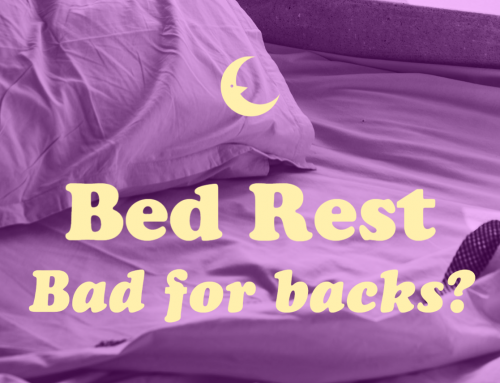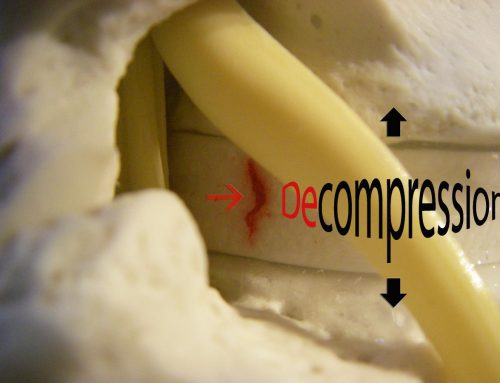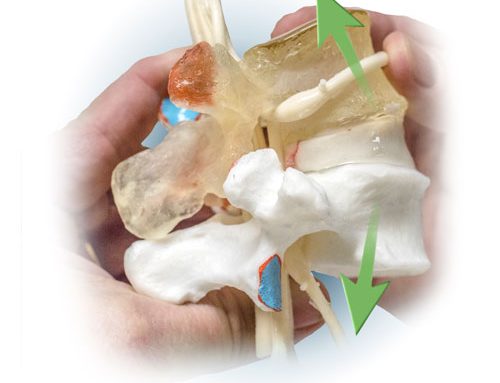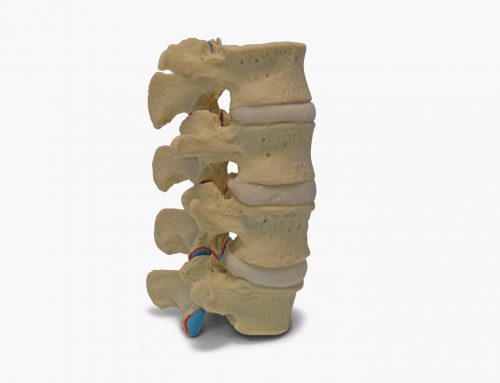Dynamic loading of the spine is essential to the health of the intervertebral discs.
In a recent ISSLS Prize Winning study in Spine, researchers looked carefully at the influx of nutrient transport and expulsion of by-products of the spine of New Zealand white rabbits.
We know that nutrients are required to reach the intervertebral discs in order for them to survive but there has been some controversy over whether or not movement was important in the metabolism of the discs. In a pioneering study done in 1982 by Urban, they demonstrated that nutrient flow into the discs were not dependent on animal movement. In other words, it didn’t matter whether one stayed stationary or whether one moved.
However, the current publication looked at low rate loading and unloading and its effects on nutrient uptake to the intervertebral discs. This low-rate loading is similar to the rate of the breath and equivalent to 0-44lbs (0-20kg). They also compared higher rate, more like a vibration rate with the same force.
What they found was that low-rate loading and distraction unloading enhanced nutrient uptake into the discs while higher rate did not.
These low frequencies are similar to the chair-care exercise that I had published.
This has profound implications on the treatment of spine for those that are paying attention to the results of this important study. In the treatment of spine, low rate loading studies will lead the way in regeneration strategies to degenerated discs.
As part of my strategies as a chiropractor, I utilize low rate forces to oscillate the spine to load and distract using my hands with the aid of a dynamically flexible chiropractic table.









Leave A Comment
You must be logged in to post a comment.